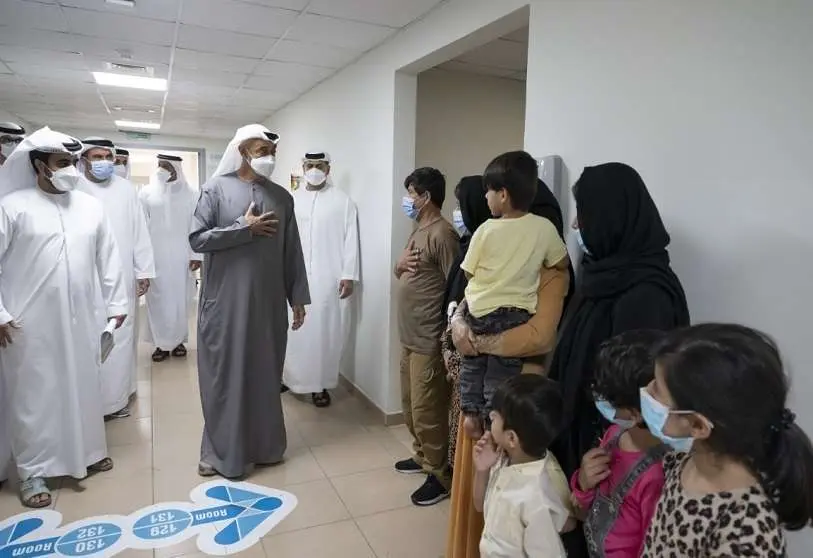A Humanitarian City in the United Arab Emirates to heal the world's wounds

The United Arab Emirates continues to challenge the imaginary that many hold about the Middle East and Gulf region. An imaginary characterised by stereotypes that have become entrenched and have become true beliefs linking this region of the world to conflict and extremism. In the midst of all this, the United Arab Emirates emerges with firm and determined steps to become a model and a reference that transcends the limits and differences of religion, race and colour with the aim of building bridges of love and fraternity between people.
This vision, which stems from the deep convictions of the United Arab Emirates, was clearly and tangibly realised through the creation of The Humanitarian City in Abu Dhabi. A genuine and globally unique idea.
In this City, people are at the centre of the attention and care necessary for a dignified life. A City conceived with the idea of seeing the noble teachings of the great monotheistic religions and universal human values materialised.
Since its inception, this city has become a benchmark for the provision of services to people in need and deprivation of all kinds, as well as reaching out to build humanitarian bridges and help alleviate pain and disease in various parts of the world by implementing programmes through which dozens of sick, needy and destitute people were transferred to a safe home in the heart of the Humanitarian City.
During the coronavirus crisis, as the world trembled at the mention of the Chinese city of Wuhan, UAE planes were flying in to evacuate Arab students and all those trapped in that city and other cities and regions of China to receive medical care in Abu Dhabi's Humanitarian City before being transferred safely to their home countries.
Another episode in which Humanitarian City was prominent was during the chaotic and unorganised US withdrawal from Afghanistan and the subsequent Taliban takeover of the country, leaving the future of hundreds of Afghan and non-Afghan citizens uncertain. Here Humanitarian City played a prominent role in evacuating and sheltering hundreds of Afghans and foreign nationals and saving them from an unknown and uncertain fate under the rule of a religious movement that has demonstrated throughout its history little respect for human rights.
The idea of creating and implementing a humanitarian city stems from the spirit and culture of human brotherhood. The UAE seeks to spread to counter and overcome the aftermath of extremism, hatred and exclusion to build a better future for humanity.
Moreover, the project itself is a challenging yet optimistic message that, despite the dangers and threats lurking in the Middle East and the cries of war and confrontation, there are those who are working with energy, determination and conviction for human ideals and values in order to achieve full coexistence among the peoples of the area.
At a time when some are working to spread hate speech and extremism, there are those in the humanitarian city of Abu Dhabi who are immersed in the task of alleviating pain and healing wounds to create a safer and kinder world. A more humane world such as the one that projects like the Humanitarian City aim to achieve.

